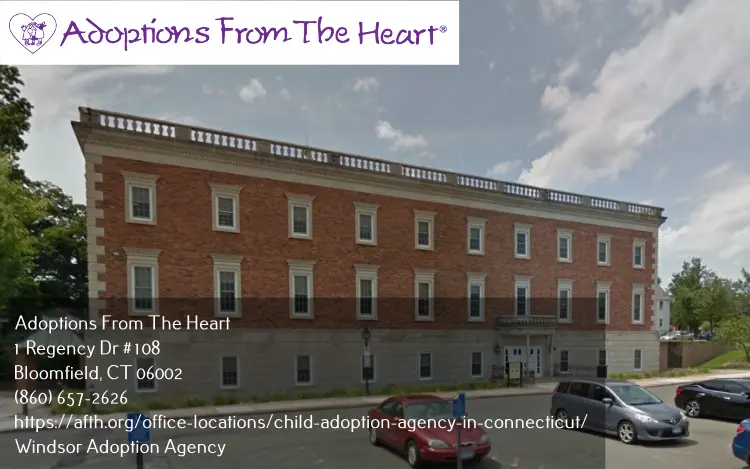
This article is sponsored by the adoption agency in Windsor, Connecticut, from Adoptions From The Heart.
Known as the first English settlement in Connecticut, Windsor is a town located north of the capital Hartford, in a part of Hartford County. Within Windsor lies a few unincorporated areas, including Rainbow, Hayden Station, Wilson, and Deerfield.
History
In the 15th century, American Indian tribes inhabited the coastal areas, rivers, lakes, and grasslands for thousands of years and relied on their natural resources for food, water, and transportation. The two main tribes that occupied the land were the Pequot and Mohegan tribes. They later became enemies and competed for what is known today as the Connecticut area.
Into the beginning of the 17th century, the Pequot and Mohegan tribes were at war and had asked a group of settlers from Plymouth, Massachusetts, to settle on their land and act as a middleman to bring peace between them.
Following Edward Winslow’s inspection of the property, William Holmes led a small group to the site on September 26, 1633, where they established a trading post. At the intersection of the Farmington and Connecticut Rivers, the trading post was established.
The colony’s General Court transferred the settlement’s name from Dorchester to Windsor on February 21, 1637, after the town of Windsor, Berkshire, on the River Thames in England. Windsor, along with Hartford and Wethersfield, was incorporated as a town on the same day.
A number of nearby towns and cities were then established around the Windsor boundaries, including but not limited to:
- Barkhamsted
- Bloomfield
- Colebrook
- Bolton
- Coventry
- East Granby
- East Windsor
- Enfield
- Ellington
- Harwinton
- Litchfield
- Manchester
- Simsbury
- Suffield
- Tolland
- Morris
- Vernon
- Torrington
- Windsor Locks
Between Windsor and Hartford, the Connecticut Colony’s first “highway” opened in 1638. The highway was expanded north two years later to the colony’s town of Springfield, with a road that leads to Wethersfield, allowing the colony to take over those regions of Connecticut.
During the course of history, Windsor remained neutral in the colonial fight between Springfield and Hartford. The main debate was over where the borders should end and connect for both Massachusetts and Connecticut. Windsor acted as the tiebreaker and ultimately sided with the alignment of Connecticut.
Until 1925, the Hartford and Springfield Street Railway ran between both Windsor Center and the Connecticut Company. In the early 1930s, the trolley was then replaced with buses but still continued to be a secondary form of transportation for the residents.
If you’d like to continue reading about the history of nearby areas of Windsor, head over to our next blog on New Britain, CT.
Our Local Office
Would you like to learn more about adoption? Our Windsor, Connecticut, adoption agency at Adoptions From The Heart is ready to answer any questions you may have. Contact our adoption professionals to learn more.




